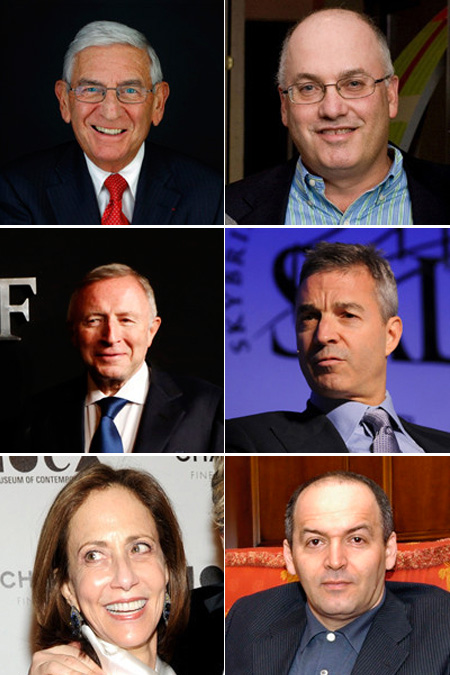
This past Wednesday I received a press release announcing that the recently near comatose Museum of Contemporary Art endowment had grown to $75 million in a matter of a few weeks, and is now on its way to topping $100 million. A month ago the stories were quite different. MOCA was rapidly approaching a fork in the road. It would either be absorbed into an already rapidly expanding Los Angeles County Museum or simply cease to exist. Down to two full time curators, an endowment of barely $20 million, a dwindling audience and a number of acrimonious Board members who reportedly did not seem to recognize that they were there supposedly to bolster the institution rather than their business networks, a chorus of art world players politely suggested it might be time to hand over the keys. LACMA had placed a $100 million buyout offer on the table. For a collection probably valued in the billions, an established international brand, a pair of great properties downtown … smart money, and hardly magnanimous.
You don't have to dig very far to explain what caused the headlines to change so suddenly, and with it the future of one of Los Angeles' key cultural institutions. The MOCA trustees were finally jolted out of their slumber. The suddenness of the second very public revelation in five years that their collective stewardship was about to result in a repeat of the 1974 fiasco in Pasadena focused their attention on a central truth: They had never truly invested in MOCA proportionate to the wealth they bring to the table. And the public embarrassment was about to saddle each of them with a personal setback in excess of, well, money they could always afford to spend. Funny how taking an action recently regarded as out of the question can suddenly become the perfectly obvious thing to do.
A conversation that historically consumes a certain amount of time in art circles is why the patrons in this city are, on the whole so parsimonious. It's as much a mystery to me as to most of you, whether you are a working artist, middle class fan or affluent (but not super-rich) collector, reasonably successful gallerist, or publisher of writing on art, why this is so, but it clearly is so in a city teeming with exceptional wealth. Whether it is lack of experience, the wrong mix of personalities, a gene missing or a screw loose, the recent developments at MOCA, far from disproving the point, crystallize it. The people are here, the money and resources are abundant, but short the risk of an epic public shaming the wallets only come out just enough to occupy the chair. The rare exceptions such as Eli and Edythe Broad, who have spent in a class by themselves for the last couple of decades, Norton Simon, or Frederick Weisman (yes, and J. Paul Getty, but there was a true anomaly) put so much air beneath them that the second tier may seem more inert than it really is.
One possible explanation, one which I'm in as good a position as anybody to refute, is that perhaps the visual art field lacks the top performers and depth of talent to warrant the investment. This would be patently false, given more than a half century and going on a fourth generation of creative activity here that shows up consistently throughout the region, the country and internationally. Artists of consequence in Southern California do not come out of a single school but many, and are not discussed and written about critically thanks to a central aesthetic characteristic or the achievement of a leading figure or group. I see this breadth of creative activity and strength of intellectual and imaginative talent parade through our galleries and museums every single month. The truth of our time is that the quality of art has outpaced the volume of patronage for decades, and that gap has not narrowed but widened.
Until, I think, now.
It is not important that Bells and Johnsons, Annenbergs and Cohens, Einsteins and Karatz were shamed into upping their ante. It's that they have, and even if they are talking about how good it feels for public consumption, you know what? I'll betcha that it feels darn good.
